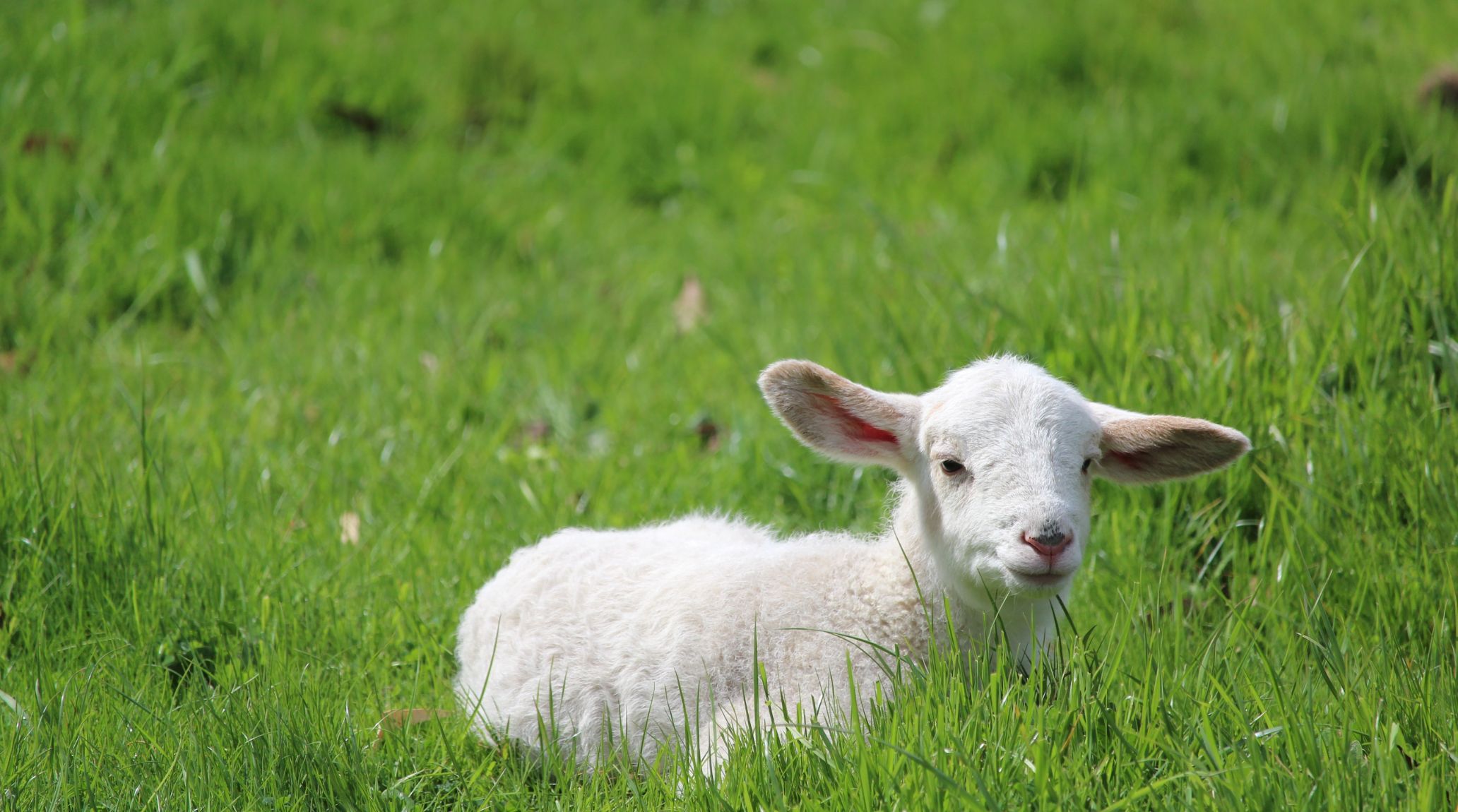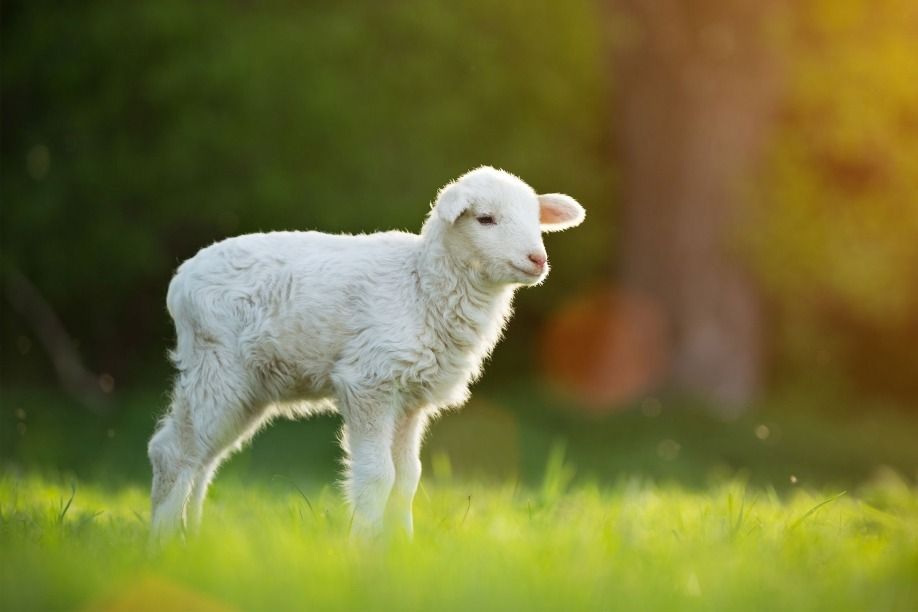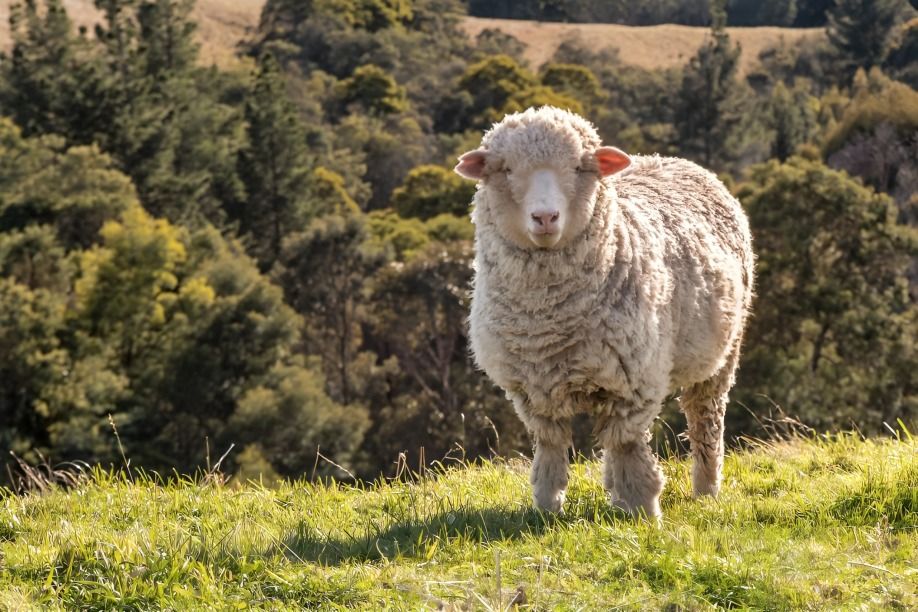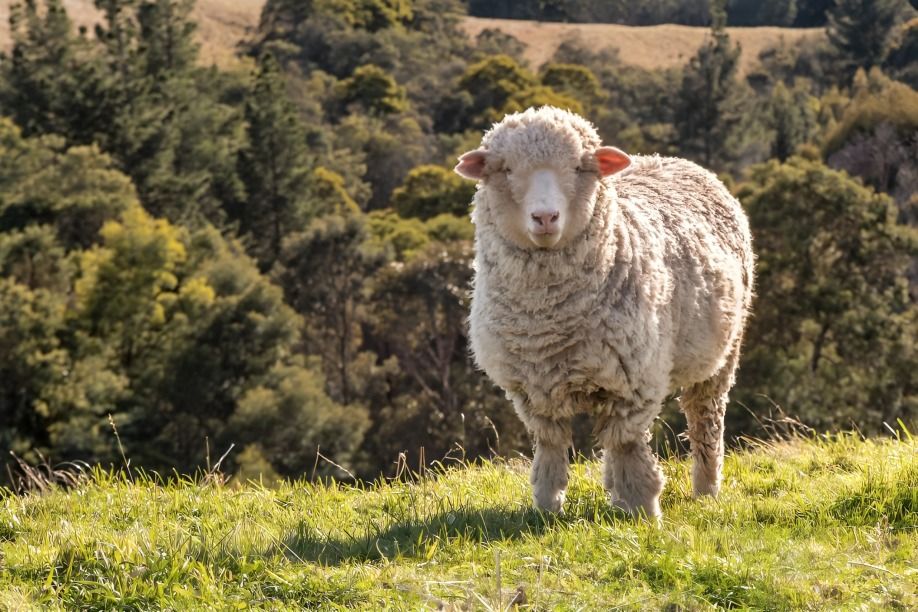
“
These gentle creatures have been an integral part of human civilization for millennia, providing us with wool, meat, and milk while also captivating us with their unique behaviors and adaptations. From their exceptional senses to their symbolic importance in various cultures, sheep are truly remarkable animals. Join us as we explore 20 amazing facts about sheep, their intelligence, and the significance of these woolly wonders1
1
”
Sheep have excellent peripheral vision, seeing nearly 360 degrees around them. Their rectangular pupils enhance this ability, allowing them to detect predators from various angles without needing to turn their heads. 1
Sheep can experience a range of emotions, including fear, anger, rage, despair, boredom, disgust, and happiness. Their emotional capacity is quite complex, allowing them to respond to various stimuli and situations in diverse ways. 2
Domesticated around 10,000 years ago, sheep were among the first animals bred by humans. They have provided wool, meat, and milk, marking their longstanding importance in agriculture. 3
Each sheep has a unique set of vocalizations for communication, helping them coordinate movements and express emotions such as distress or contentment, strengthening flock cohesion. 4
Different sheep breeds produce varied wool types, from fine Merino wool to coarser fibers suited for specific textile uses. This diversity makes sheep wool valuable for different applications in the textile industry. 5

Lambs can walk just minutes after birth but rely on their mothers for support and care for the first four to six months. Despite their early mobility, they depend on their mothers for essential nourishment and protection during their initial months.
Sheep are present on every continent except Antarctica, having adapted to a wide range of climates and terrains, from deserts to high-altitude mountains, demonstrating their versatility. 6
China leads the world with the largest domestic sheep population, exceeding 136 million. Most are fat-tailed breeds, primarily raised for meat and dairy due to their lower wool quality. Australia follows with approximately 79 million sheep. 7
The gestation period for sheep lasts about 5 months, which is crucial for lamb development. Proper nutrition and care during this time are essential for ensuring the health of both ewes and their offspring. 8
Sheep wool is used in clothing, insulation, carpets, and even medical applications like wound dressing due to its natural antibacterial properties, showcasing its versatility beyond traditional uses. 9

Merino sheeps are renowned for their fine wool, prized for its softness, warmth, and high-quality weaves. This breed's wool is highly sought after in the textile industry for premium garments.
Sheep have the remarkable ability to self-medicate. Sheep can instinctively seek out specific plants or minerals when they're unwell, helping to alleviate their symptoms or deficiencies. 10
The largest sheep ever recorded was a Suffolk ram named Stratford Whisper 23H, standing 1.09 meters (43 inches) tall as of March 1991. This impressive sheep was owned by Joseph and Susan Schallberger of Boring, Oregon, USA. 11
The average lifespan of sheep ranges from 10 to 12 years, though some can live longer with proper care. Lifespan varies by breed and environmental conditions, reflecting the diverse longevity in sheep. 12
Sheep have played a crucial role in agriculture and food production globally, providing wool, meat, and milk. Their contributions have supported human societies for centuries, highlighting their agricultural importance. 13

Ewes display strong maternal instincts, fiercely protecting their lambs from predators. They often recognize their offspring by scent and sound, ensuring the safety and well-being of their young.
Rams, or male sheep, can weigh over 300 pounds, while ewes typically range from 100 to 200 pounds, depending on breed and genetics. Size differences are notable between males and females. 14
Beyond traditional farming, sheep are used in conservation efforts for grazing management and as therapy animals. Their calming presence and grazing habits benefit both environmental and therapeutic applications. 15
The oldest recorded sheep lived for 28 years and 51 weeks. Owned by Griffiths & Davies in Aberystwyth, UK, this crossbred sheep gave birth to a healthy lamb at 28 and lambed over 40 times before passing away on January 24, 1989. 16
Sheep have a remarkable ability to recognize human faces. Studies have shown that sheep can remember and distinguish between individual human faces for years, demonstrating their impressive visual memory and social cognition. 17


